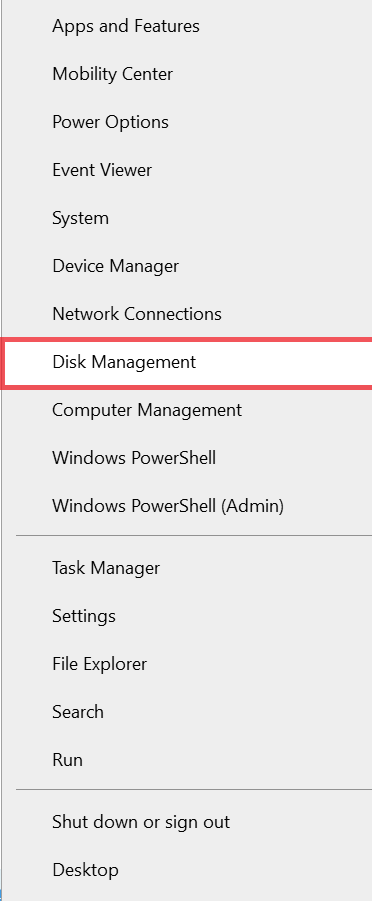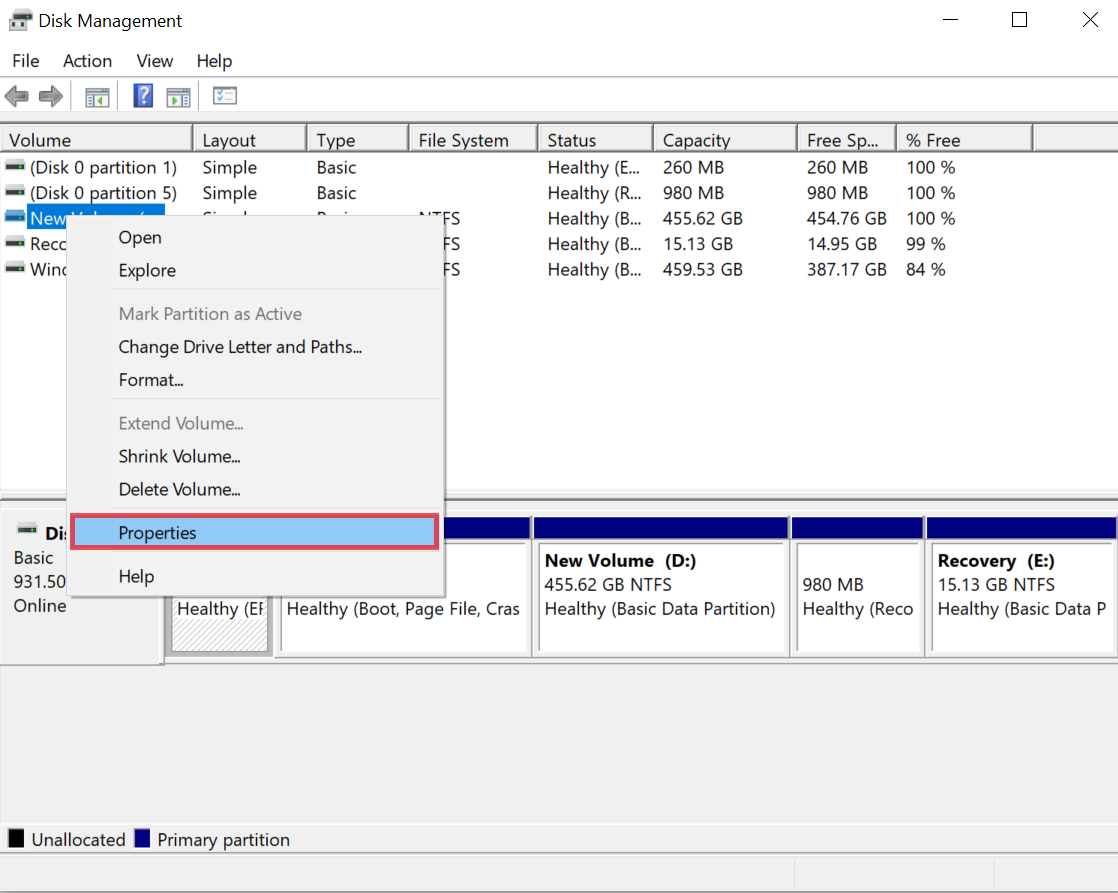How to Fix Pen Drive Won’t Boot or Not Working? Complete Guide
Are you having trouble with your pen drive fails to boot? In this article, you will find the most common causes of this problem. We will also help you solve this problem with the most effective DIY methods to fix thumb drives won’t boot.
However, if you find yourself in a situation where you can’t boot from your bootable USB drive, you don’t have to worry. In this post, we will discuss four ways to solve the USB flash drive won’t boot issue. But before looking for solutions, let’s look at the main reasons why you cannot boot your computer from a bootable USB.
Brief Information about Bootable Pen Drive
We all use USB for simple tasks like storing important files and performing file backups. However, we may not be able to get more from the pen drive. pen drives do more than just store data. For example, you can use one operating system to ensure business security. The usage information has one thing in common: the ability to download. To create a bootable pen drive, see Steps to Create a Bootable USB Flash Drive. As we learned from the introduction, a bootable USB drive is a useful tool that allows you to boot your computer from a USB drive instead of using your computer, but sometimes this is not possible. Then we need to know why it doesn’t work.
Why is my Pen Drive Fails to Boot?
As helpful as it is, some users find the boot device not showing up in BIOS. Why does this happen? There are four main reasons:
- Loose or broken USB port
- Incorrect BIOS settings
- Outdated BIOS version
- Enable Fast Boot or Secure Boot
Solve the Unable to Open Pen Drive on PC Issue
These are the most common problems faced by users, especially the following ones:
- Outdated Drivers: Most of the drivers are outdated, which makes it impossible to open the USB drive in Windows 10. You will see the USB drive, but it will not work in Disk Management because some of the drivers are outdated.
- New USB Drive: This problem may occur if you bring a new USB drive that you have never used before. You will see the USB drive, but you won’t be able to access it.
- Incompatibility with Windows 10: After formatting the USB file system on another computer, the USB file system may change. After this, when you use it on your desktop, the file has nothing to do with your system.
Read Also: How to Fix Corrupted Files on an USB Drive?
Troubleshooting: Pen Drive Fails to Boot (4 Fixes)
You might be wondering how to fix this error when trying to boot from USB, right? In this section, we will examine and show you the exact method to fix a thumb drive won’t boot in Windows 10/8/7.
Fix 1: Check if the USB Flash Drive is Bootable
If the bootable USB drive is not created correctly or is damaged, you will not be able to use it to install Windows. Therefore, first, you need to check whether the USB drive is bootable. On a Windows computer, you can check this using Disk Management or Command Prompt. Here we present a disk management method.
- Connect the pen drive to your PC or computer system.
- Right-click the Windows icon and select Disk Management.

- Right-click on the formatted drive and go to Properties.

- In the pop-up window, go to the Volumes tab. Here, you can check the partition style of your bootable USB drive. Also, removable media with bootable ISOs have the status “No Volume” or small size (only a few MB).
- Another option is to format the USB drive and re-create the Windows installation media. But this time takes a long time. If you are sure that you created the bootable USB flash drive correctly, simply check its status in Disk Management.
Fix 2: Make Sure your PC Supports USB Boot
Some older computers support booting from a USB drive; You can go into the BIOS and check if your computer can boot from USB. Here are the detailed steps:
- Enter BIOS, go to Boot Options and check Boot Priority.
- If you see an option to boot from USB under Boot Priority, it means your computer will boot from USB.
- If you don’t see USB, it means your computer’s motherboard does not support this boot mode.
Fix 3: Set Up your Computer to Boot from a Thumb Drive
Another reason why you can’t boot from a USB drive is because you haven’t changed the boot order. Most computers boot from the internal drive by default, and the bootable USB drive must be inserted into the front panel.
1. Restart the computer and press F2 (or DEL, F10, etc.) when Windows starts to enter the BIOS.
2. Find the boot options and select USB-HDD as the first boot device option.
3. Then confirm and save the changes so that Windows can boot from USB.
Fix 4: Enable booting from non-EFI devices.
You need to change your boot settings to allow booting from non-EFI devices.
- Enter BIOS settings as described in step 3.
- Find the Compatibility Support Module or CSM. Sometimes this option is hidden unless you turn off Secure Boot.
- If the CSM is enabled and configured to boot EFI+Legacy boot devices, there will be no problem booting USB devices.
Read Also: How to Recover Data from Pen Drive Which is Not Visible?
Fixed: How Do I Fix Pendrive Not Working?
You can try these troubleshooting steps:
- Check the USB Connection: Make sure the USB device is properly connected to the computer. Try connecting to a different USB port to rule out port-related issues.
- Restart your Computer: Sometimes, a simple reboot can solve USB related problems. Restart your computer and check if your USB device works after the reboot.
- Check your USB Power Management Settings: In the USB Management section of Device Manager, right-click each USB root hub, select Properties, open the Power Management tab, and uncheck the option that permits the computer to turn off the program to save power.
- Disable Fast Boot: Fast boot can sometimes cause problems with USB devices. You can disable it by going to Control Panel > Power Options > Choose what the power button does, then clicking Change settings that are currently unavailable and unchecking “Turn on Fast Startup (recommended).”
- Try a Different USB Device: If possible, try a different USB device to see if the problem is unique to the original device or a more general USB issue.
- Run the Hardware Troubleshooter In Windows 10: you can run the built-in hardware and device troubleshooter by going to Settings > Update & Security > Troubleshoot > Hardware and Devices.
- Check the Compatibility of the USB Device: Make sure the USB device is compatible with your version of Windows and computer hardware.
If you follow these steps, you will be able to diagnose and fix a USB drive that is not working properly when booting.
Extra Tips:
It can be frustrating if you are unable to open a pen drive, especially if you know it has important files on it. However, data can be recovered even if the device is deleted, corrupted or formatted . Regardless of the type of USB drive and the extent of its damage, the Secure Pen Drive Data Recovery Tool will help you recover your lost data.
If you are new to this software to recover lost data from a USB flash drive, you may want to try the trial version first to see if you can find the files you need.
Conclusion
Here, you can see how to fix a pen drive fails to boot. This article lists and explains some conditions that can cause this, as well as possible ways to resolve the problem. The most efficient way is to reformat the pen and create a new bootable USB. This will ensure that other USB issues are also resolved. If we encounter a situation where our computer crashes and we lose important documents and media files, it is always wise to ensure data security. A powerful recovery tool allows you to complete the job in the shortest possible time without losing data in unexpected situations.
Questions and Answers
Q1: How can I fix the pen drive won’t boot issue?
Follow these methods to fix a pen drive cannot boot on your PC:
- Change the USB format to FAT32.
- Setting boot priority to the USB drive.
- Create a new Windows bootable USB.
- Enable CSM or Legacy Boot mode.
- Use media creation tool to create bootable USB
Q2: How to force the PC to boot from USB?
- Restart your computer and enter the BIOS.
- Set USB as the first boot drive.
- Click Save and restart your computer to boot from the bootable USB drive.
Q3: Can’t boot Windows 10 from a pen drive?
- Check if your USB drive is bootable.
- Check if the PC supports USB booting.
- Change settings on a UEFI/EFI PC.
- Check the file system of the USB drive.
- Re-make a bootable USB drive.
- Set the PC or computer to boot from USB in BIOS
Q4: Why can’t I boot from a thumb drive?
There are many reasons, such as incompatible hardware, a damaged USB drive, damaged ISO image file, incompatible file system, etc.


